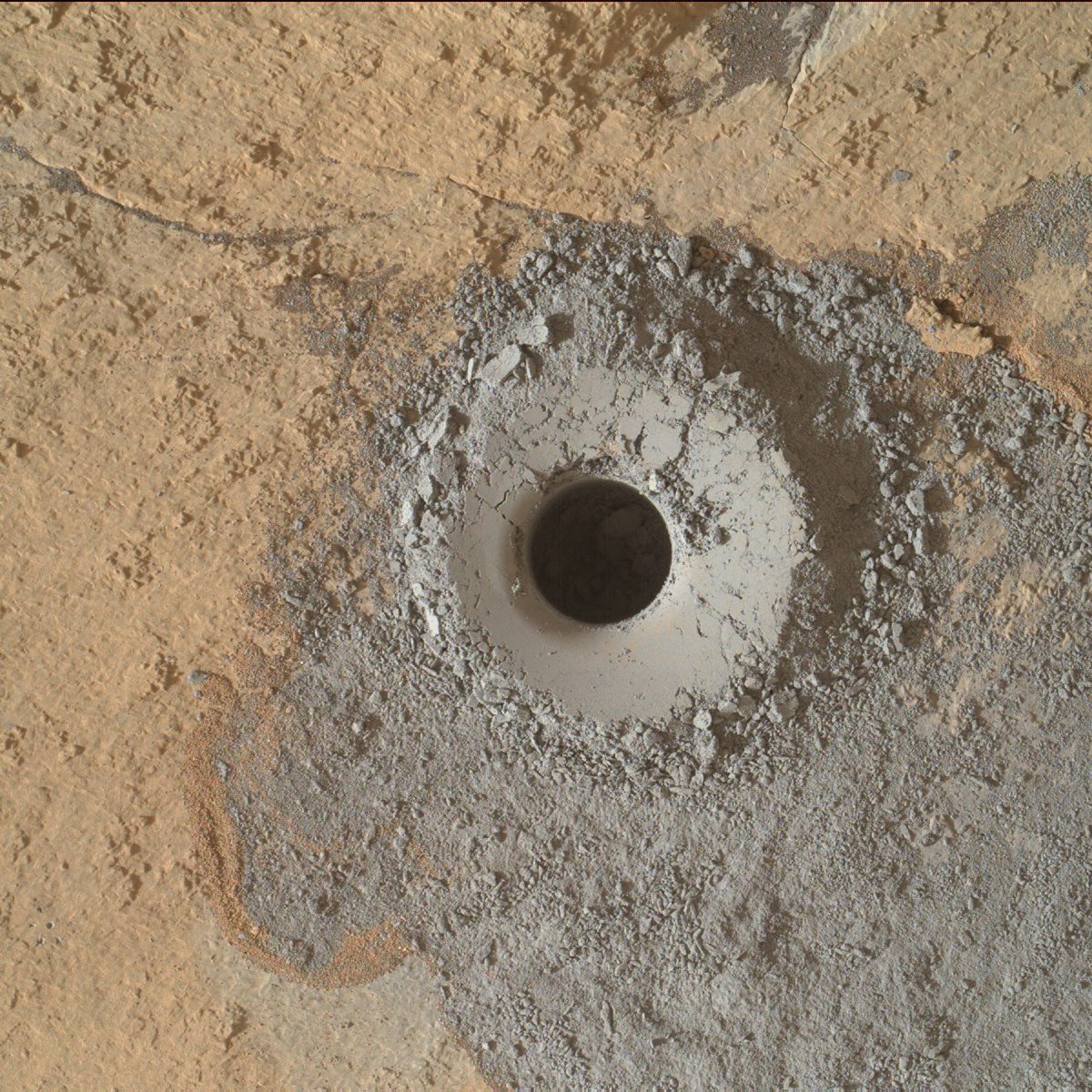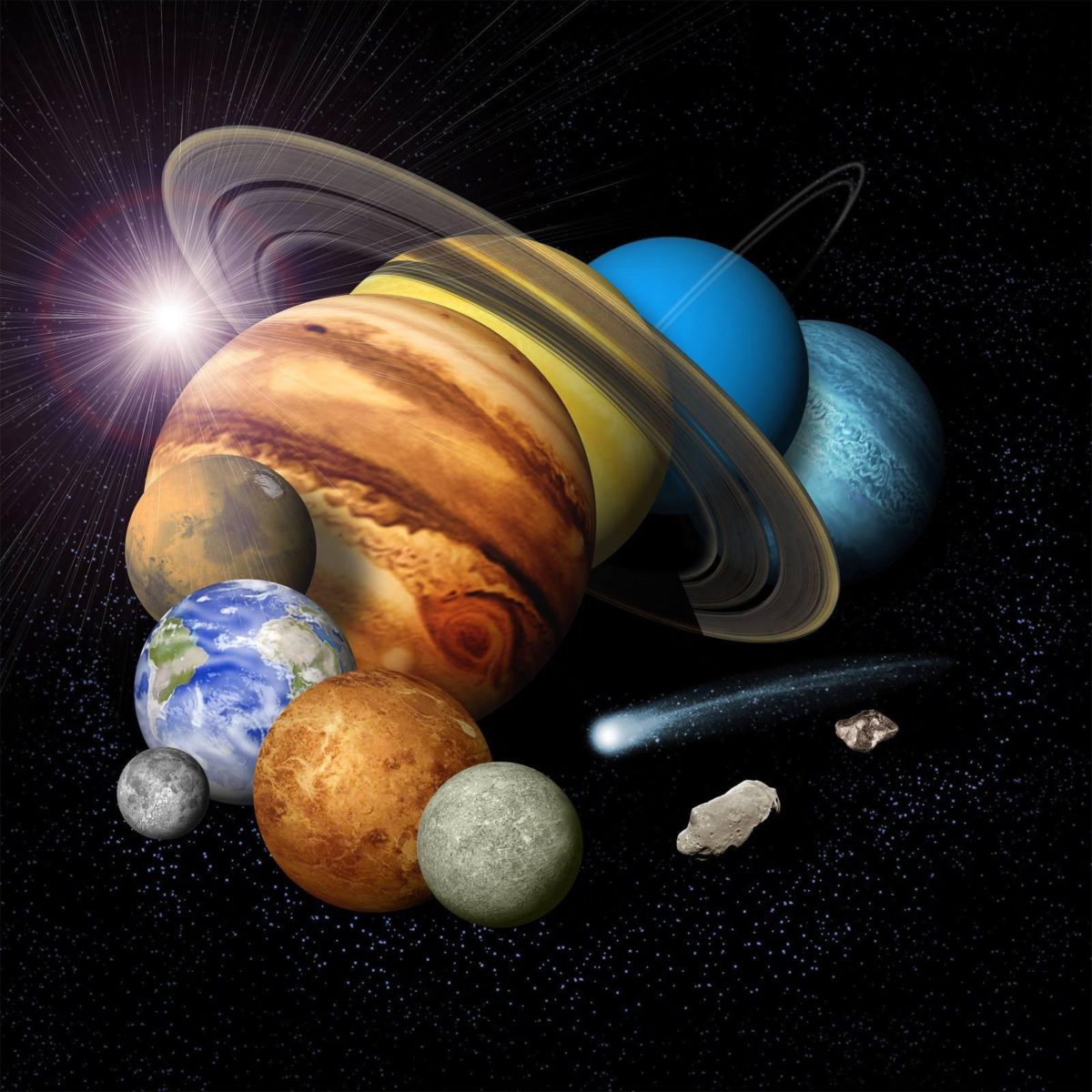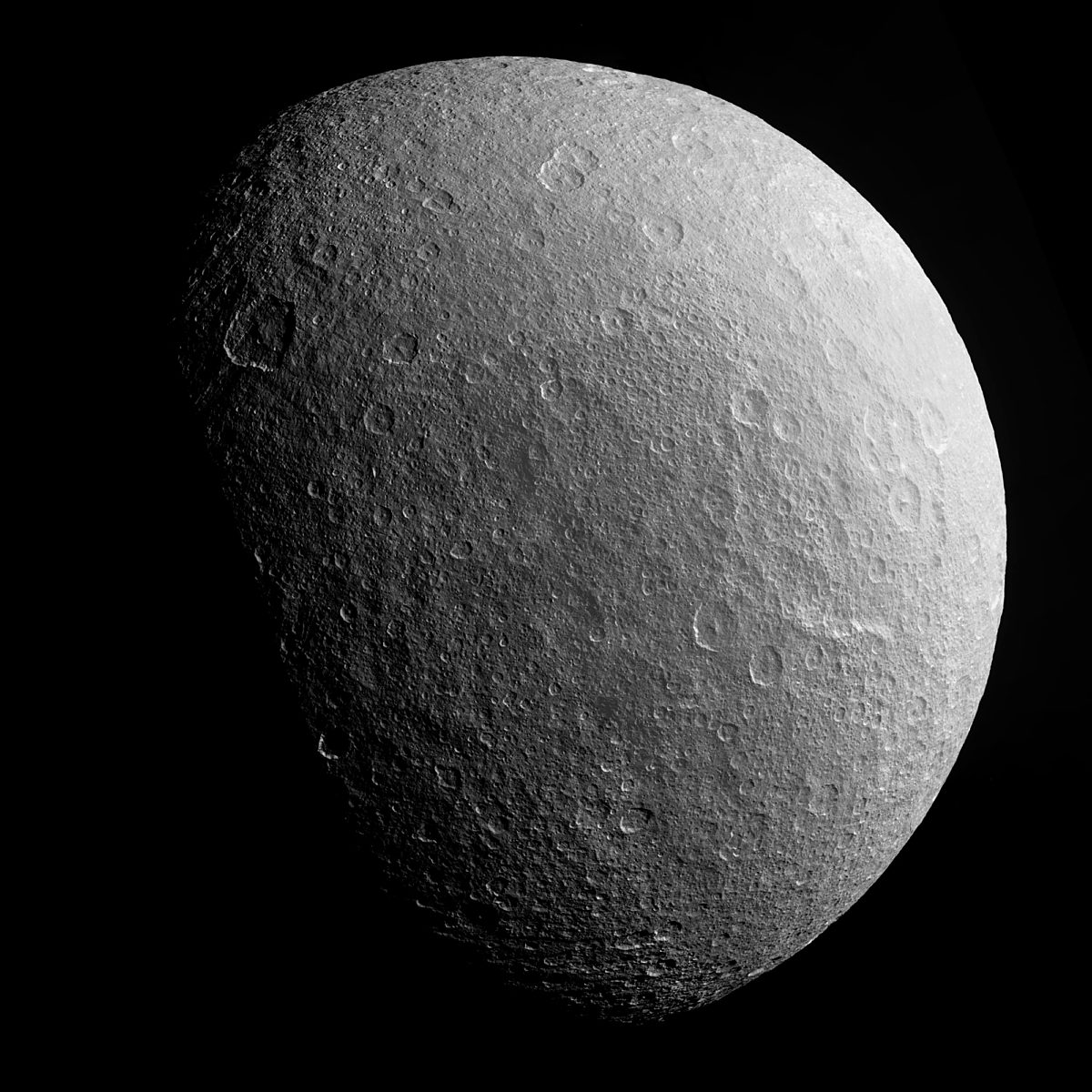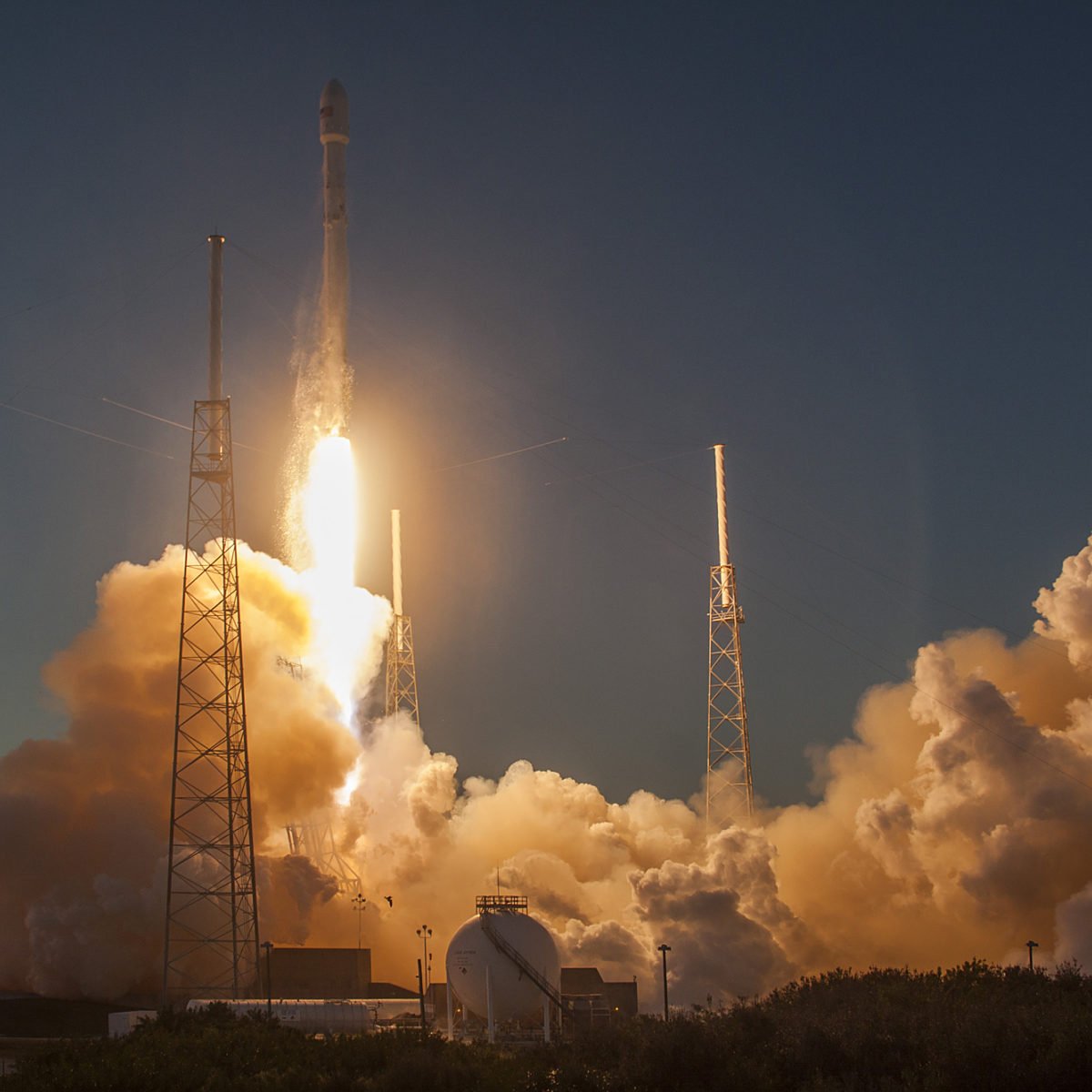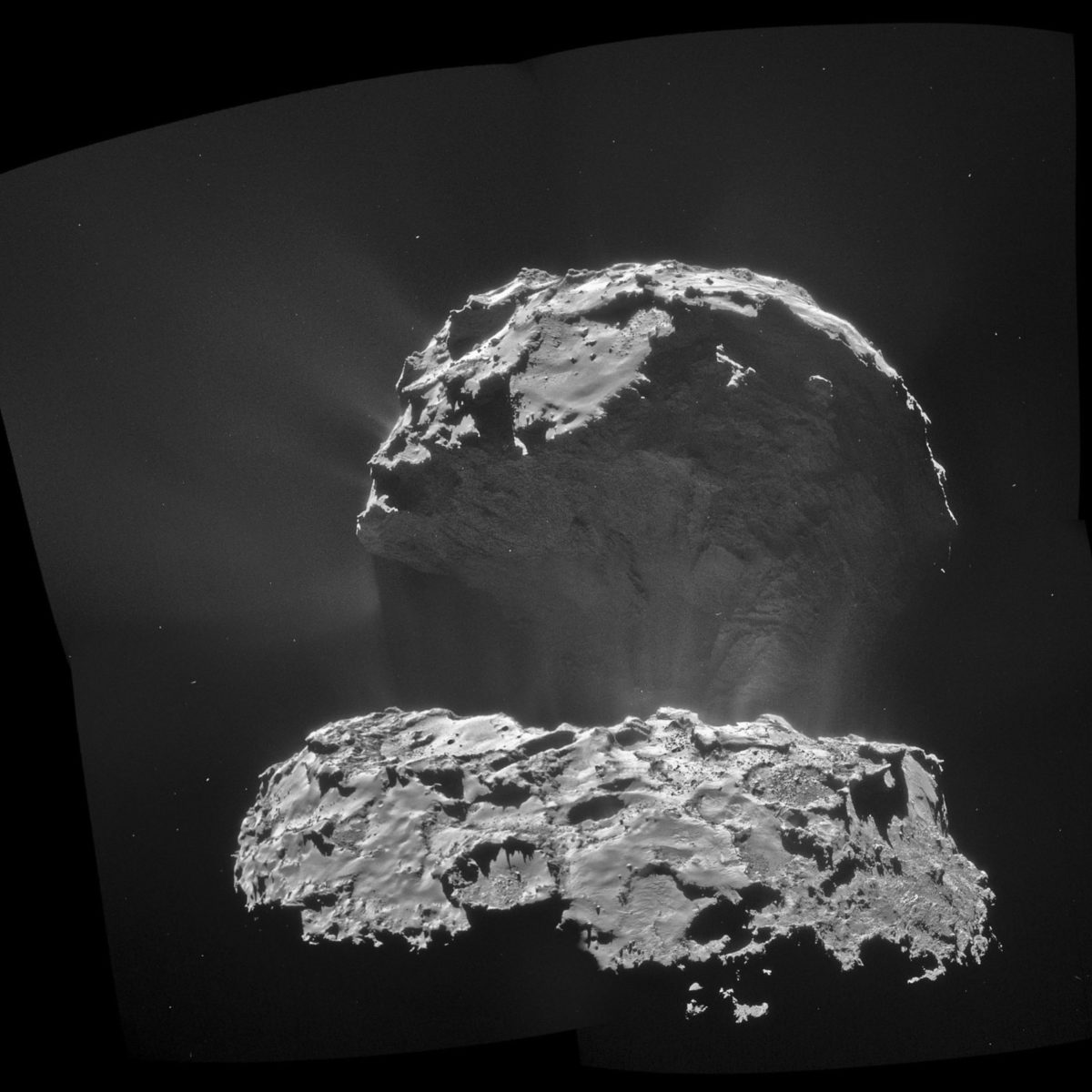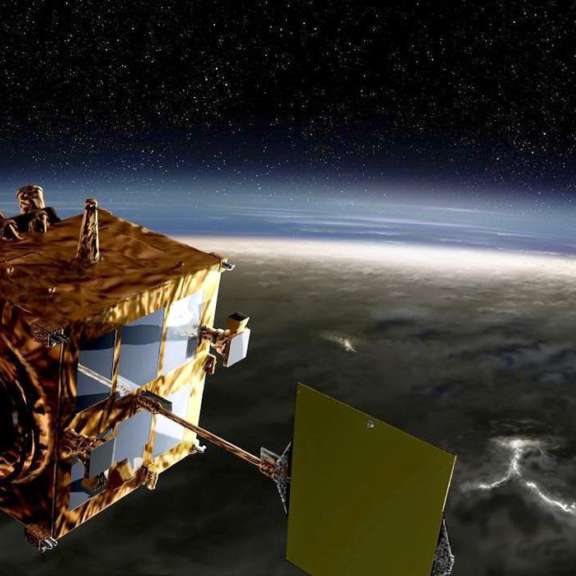All
All
Stories, updates, insights, and original analysis from The Planetary Society.
Spacewalk Timelapse Makes Cable Routing Look Fun
A timelapse video shows two NASA astronauts as they became typical neighborhood cable technicians—except for the fact that they were wearing space suits.
Curiosity update, sols 864-895: Drilling at Pink Cliffs
Curiosity's second drilling campaign at the foot of Mount Sharp is complete. The rover spent about a month near Pink Cliffs, an area at the base of the Pahrump Hills outcrop, drilling and documenting a site named Mojave, where lighter-colored crystals were scattered through a very fine-grained rock.
How LightSail Holds Its Place in Space
There are few systems aboard a spacecraft more important than attitude control. This infographic shows how LightSail holds its place in space.
Why We Write to Congress
It's time to write to Congress in support of planetary exploration. Why? Because it works.
Our Global Volunteers: February 2015 Update
The Planetary Society has amazing volunteers doing outreach work around the globe. Check out what they've been up to recently!
New Horizons spots Nix and Hydra circling Pluto and Charon
A series of images just sent to Earth from New Horizons clearly shows Pluto's moons Nix and Hydra orbiting the Pluto-Charon binary.
Mapping Europa
Several global maps have been made of Europa, but amateur image processor Björn Jónsson felt they could be improved—so he decided to make a new one.
Planetary CubeSats Begin to Come of Age
Van Kane rounds up some recent planetary mission concepts based on CubeSat technology.
An active comet, from a distance
Rosetta has closed to within 50 kilometers of Churyumov-Gerasimenko, on its way to a very close, 6-kilometer flyby of the comet tomorrow. To prepare for the flyby, Rosetta traveled much farther away, allowing it to snap these amazing photos of an increasingly active comet from a great distance.
A Fresh Approach to Fundraising
We want you to know that we’ve been listening to you. Members have highlighted the number of fundraising appeals from The Society, and we agree that the number of requests should be streamlined.
Cassini begins a year of icy moon encounters with a flyby of Rhea
At last! Cassini is orbiting in Saturn's ring plane again. I do enjoy the dramatic photographs of Saturn's open ring system that Cassini can get from an inclined orbit, and we won't be getting those again for another year. But with an orbit close to the ring plane, Cassini can repeatedly encounter Saturn's icy moons, and icy moon flybys are my favorite thing about the Cassini mission.
In Pictures: DSCOVR Headed for Deep Space
On Wednesday evening, a SpaceX Falcon 9 rocketed into orbit with DSCOVR, the Deep Space Climate Observatory. Here's a photo and video roundup.
Europe's Experimental Spaceplane Completes Successful Test Flight
The IXV spaceplane, designed to demonstrate reentry technologies, splashed down in the Pacific Ocean this morning after a successful, 100-minute test flight.
Rosetta shifts from sedate circular orbits to swooping flybys
For the period of time before and after the Philae landing, Rosetta was able to orbit the comet close enough that it was in gravitationally bound orbits, circling the comet's center of gravity. As the comet's activity increases, the spacecraft has to spend most of its time farther away, performing occasional close flybys. The first of these is at 6 kilometers, on February 14.
A new mission for Akatsuki, and status updates for Hayabusa2 and Chang'e
Brief updates on four ongoing missions: JAXA's Akatsuki and Hayabusa2, and China's Chang'e 3 and Chang'e 5 test vehicle. JAXA has articulated the new science plan for Akatsuki. Hayabusa2's ion engines have checked out successfully. The Yutu rover is still alive on the Moon, and Chang'e 5 test vehicle has successfully tested crucial rendezvous operations in lunar orbit.
Planet Formation and the Origin of Life
To understand the possible distribution of life in the Universe it is important to study planet formation and evolution. These processes are recorded in the chemistry and mineralogy of asteroids and comets, and in the geology of ancient planetary surfaces in our Solar System.
Two Days, Two Launches and Three Landings
Within a two-day span, two rocket launches and three ocean landings are scheduled—one of which involves an autonomous spaceport drone ship.
Rising Stargirls: Girls of All Colors Learning, Exploring, and Discovering
Aomawa Shields discusses a workshop she designed for underrepresented girls in grades 6-8 that will teach key concepts in astronomy, highlighting what is beyond what we can see with our eyes, using nontraditional methods.
Ceres coming into focus
The Dawn mission released new images of Ceres yesterday, taken on February 4, when Dawn had approached to within 145,000 kilometers. More details are coming into view, and they're fascinating. For one thing, there's not just one white spot any more: there are several.
FOIA Request Sheds Light on NASA Mission Extension Process
A FOIA request offers insight into NASA's planetary science extended mission review process, which seems, at best, confusing, and at worst—with adjectival ratings like “Very Good/Good”—arbitrary.


 Explore Worlds
Explore Worlds Find Life
Find Life Defend Earth
Defend Earth


 Sun
Sun Mercury
Mercury Venus
Venus Earth
Earth Mars
Mars Jupiter
Jupiter Saturn
Saturn Uranus
Uranus Neptune
Neptune Small Bodies
Small Bodies
